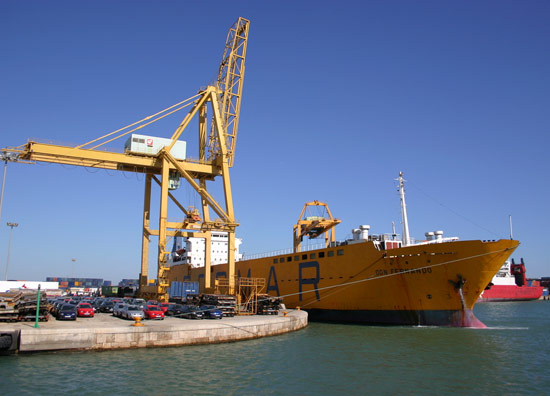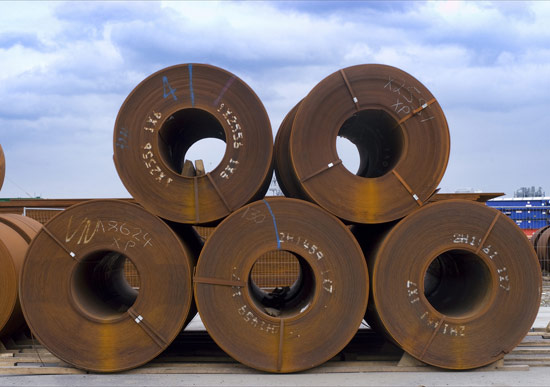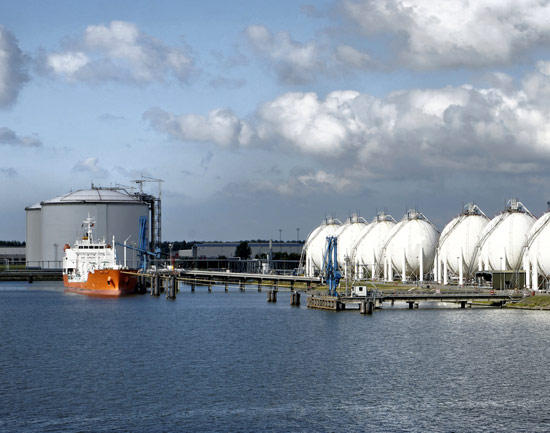Country Snapshot: Trade Overview
Spain boasts a strong agricultural export base featuring products such as wine and olives, and minerals. Reflecting this, the country is one of the world’s largest exporters of olive oil. However, these traditional exports fall behind Spain's leading export, industrial products. The country has one of the most developed aerospace sectors in Europe, and its automotive sector accounts for about one-fifth of the country’s exports. Spain’s heavy reliance on industrial exports to build the economy, and its relative lack of natural resources—especially petroleum—has meant that imports have generally exceeded its exports.
Trade History
In the 19th century, while the rest of Europe underwent the Industrial Revolution, wool remained one of Spain’s chief products. By the early 20th century, Spain’s only modern industry consisted of its textile mills and metallurgical plants. The country emerged from its 1936-1939 Civil War as World War II was starting, and faced shortages of foodstuffs, raw materials, and industrial products. Spain’s autarkic ruler set the country on a course of economic self-sufficiency where trade quotas kept the country isolated from the rest of Europe.
By the mid-1950s, an emerging middle class sought more imported foods and luxury items. Exports lagged due to the country’s institutional restraints on foreign trade and high domestic demand. Spain adopted measures aimed at liberalizing foreign trade and encouraging foreign investment. By the 1960s, the nation had achieved an industrial basis for trade and embarked on a long period of economic growth. The country’s accession to the European Union (EU) in 1988 required that it open its economy to trade and investment.
Top Export Partners
All of Spain’s leading export partners are European. France purchases 17 percent of Spain’s exports. Germany accounts for 11 percent, Italy 8 percent, Portugal 7 percent, and the UK 6 percent.
Major Export Products and Services
Spain exports machinery, foodstuffs, motor vehicles, pharmaceuticals, medicines, and other consumer goods. Traditionally, most of the country’s exports have been agricultural products; since the 1960s, industrial goods have overtaken these.
Top Import Partners
With the exception of China, all of Spain’s leading import partners are in Europe. Twelve percent of Spain’s imports come from Germany. France provides 11 percent, Italy 7 percent, China 6 percent, the Netherlands 5 percent, and the UK 4 percent.
Major Import Products and Services
In addition to petroleum, Spain’s import commodities include mechanical and electrical machinery, iron and steel, chemicals, fuels, semi-finished goods, foodstuffs, consumer goods, and measuring and medical control instruments. Imports have typically exceeded exports by a wide margin, because the country has few natural resources.
Barriers to Trade (Tariff and Non-Tariff)
As with other EU members, Spain’s weighted average tariff rate hovers just above 1 percent. This rate, however, does not reflect the EU’s high or escalating tariffs for manufacturing and agricultural products. Non-tariff barriers put in place by the EU and Spain include import restrictions and bans, market access restrictions, agricultural and manufacturing subsidies, quotas, non-transparent and restrictive regulations and standards, and inconsistent regulatory and customs administration among EU members. Market access barriers for services and pharmaceutical and biotechnology regulations are more stringent in Spain than in other EU countries. Spain’s enforcement of intellectual property rights can be problematic.
Major Ports
Spain’s major ports include Algeciras, Barcelona, Bilbao, Cartagena, Ferrol, Las Palmas, Palma, Seville, and Valencia.
Article written for World Trade Press by Randall Frost.
Copyright © 1993—2024 World Trade Press. All rights reserved.

 Spain
Spain 



